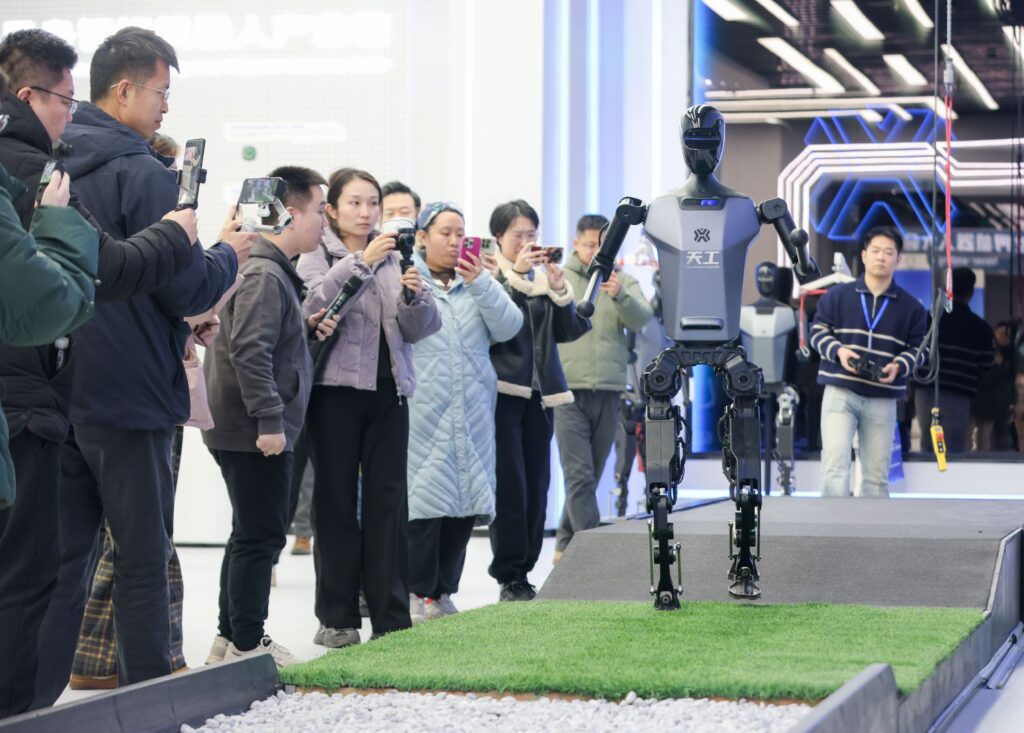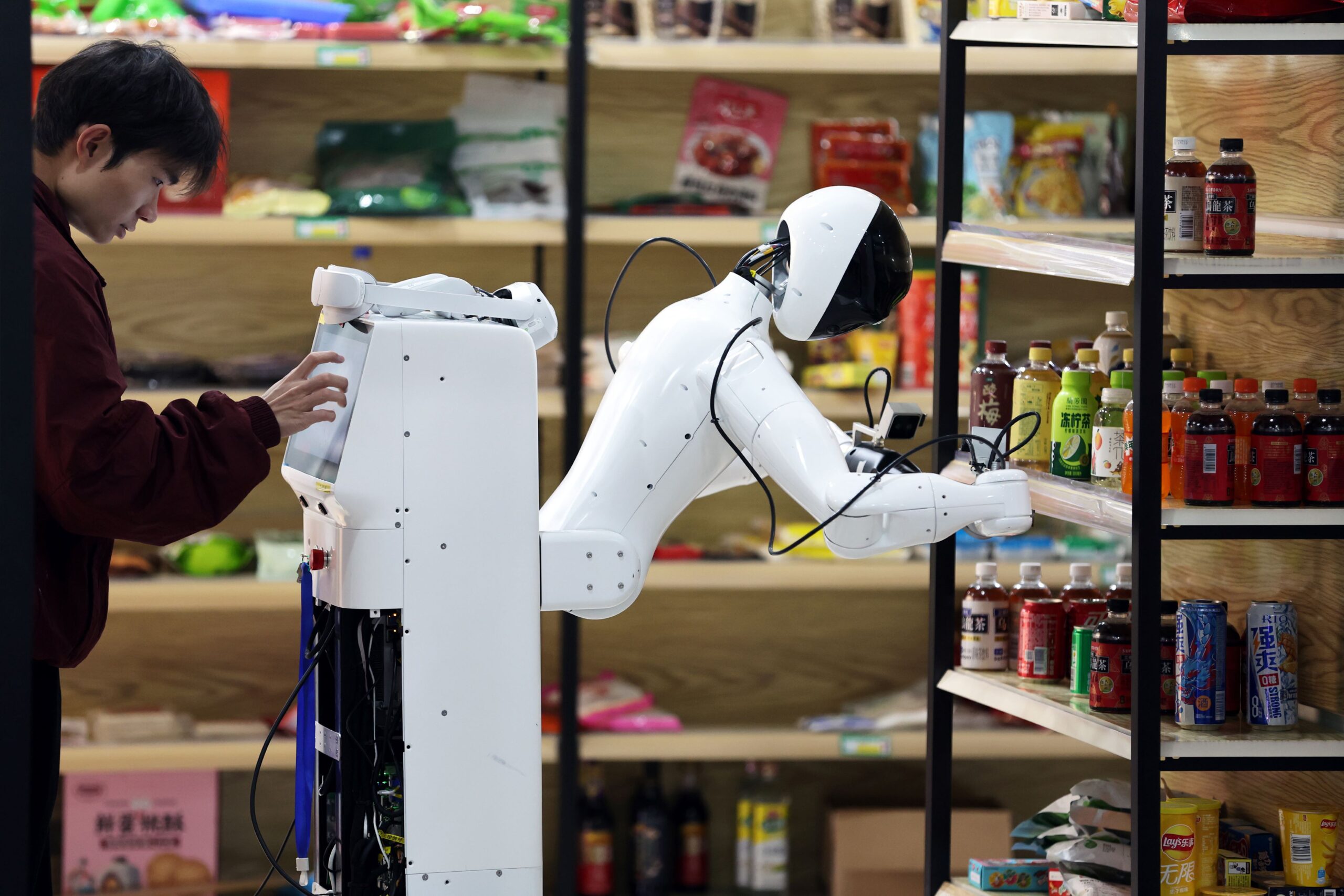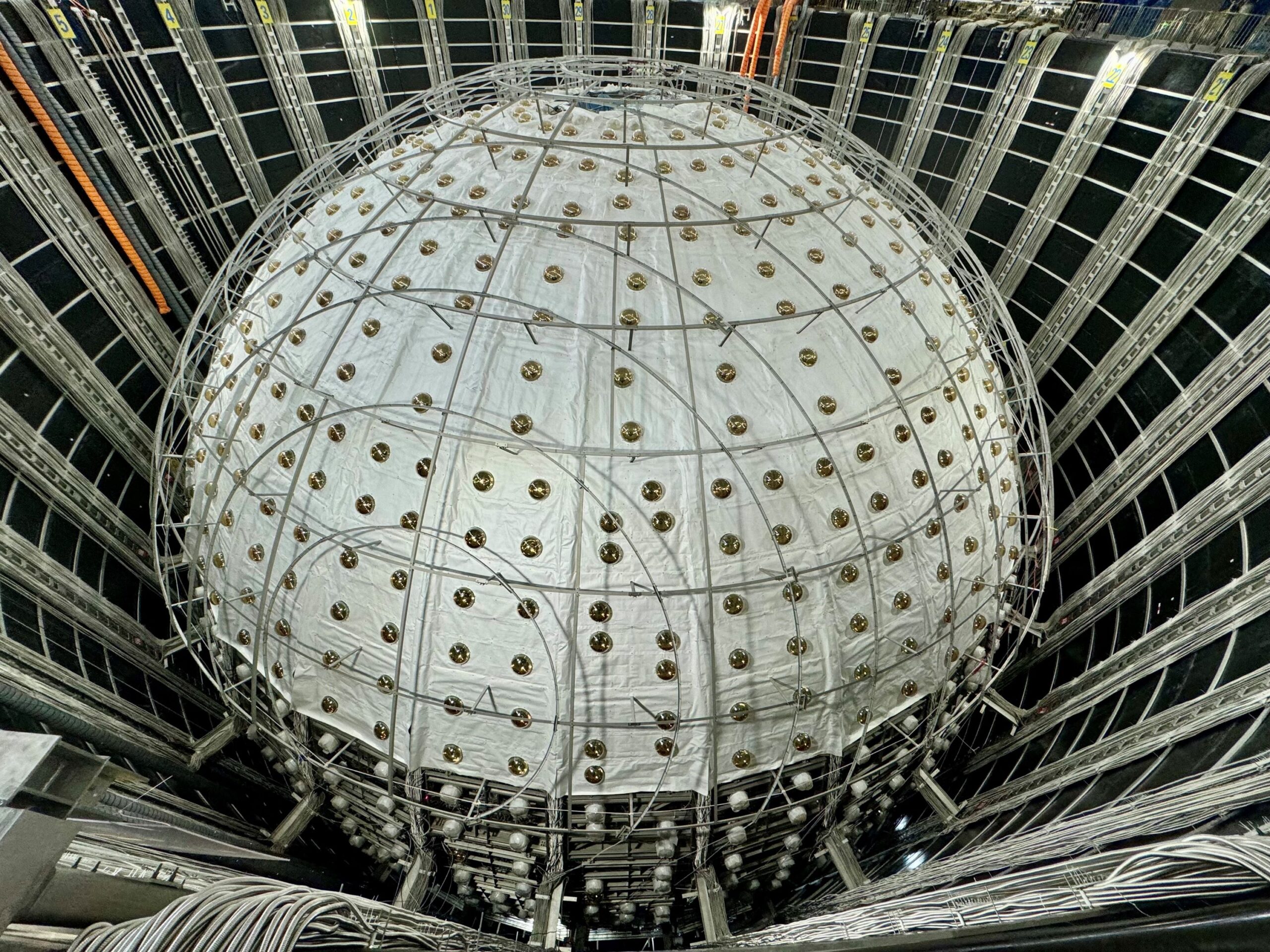The robotics industry anticipates that 2025 will mark the “first year of mass production” for humanoid robots, paving the way for large-scale deployment across various sectors.
Recently, the “Tiangong” humanoid robot, independently developed by the Beijing Humanoid Robot Innovation Center, demonstrated a breakthrough in mobility. It ascended 134 steps to reach the highest point of Haizi Wall Park in Beijing’s Tongzhou District, making it the world’s first humanoid robot capable of continuously climbing multiple outdoor steps with stability and precision.

Tiangong is not just a stair-climbing robot. It can run at high speed on a treadmill. It navigates slopes, grass, gravel, sand, and sandbags with ease. In industrial settings, Tiangong has already entered power distribution rooms. It performs operation and inspection tasks, demonstrating its potential in critical infrastructure maintenance.
Expanding into Everyday Life
From quality inspection in factories to cooking with air fryers, childcare assistance, and folding clothes, humanoid robots in China are progressively integrating into real-world environments. These advancements are laying the foundation for their adoption in households and workplaces.
Experts believe the humanoid robotics industry is built on a highly complex supply chain. Its main goal is to assist and serve humans. Moreover, it will spur innovation in automation, AI, and robotics engineering.
One notable development is “Xiangjiang No. 1”, a healthcare-focused humanoid robot unveiled recently in Changsha, Hunan. As the world’s first humanoid robot dedicated to health and elder care, it integrates AI-powered multimodal pre-training models and medical-specific large language models to enhance its capabilities.
Xiangjiang No. 1 can assist individuals with limited mobility by providing vital sign monitoring, massage therapy, and physiotherapy services. Beyond healthcare, it also features entertainment functionalities, making it a versatile robotic caregiver.
Humanoid robots are set to transform society as technology advances and applications grow. From factories to homes, from healthcare to infrastructure, their presence will continue to expand.
Written by Chen Wang, additional reporting by CNS and REDNET.CN.
If you liked this article, why not read: AI Enriches Education in China, but Concerns Arise














